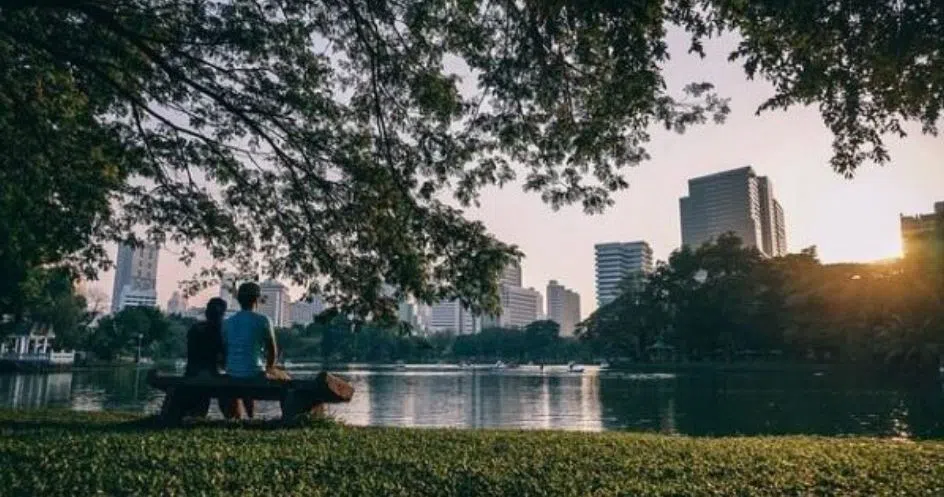
A green city project in Russia comes alive
The green city movement has given environmentalism new energy and purpose.
Large urban populations offer economies of scale and walkability, and bring businesses closer to each other, their customers and their suppliers. But all of this comes with costs: pollution and waste.
Understanding the greening of cities is helped if they’re thought of as circulatory systems, for the movement of people and vehicles. Think of rush hour as lungs breathing in and out.
Energy is part of the circulatory system, from the sources of electricity to heat generation in each building (and sometimes one heat source serving an entire district).
